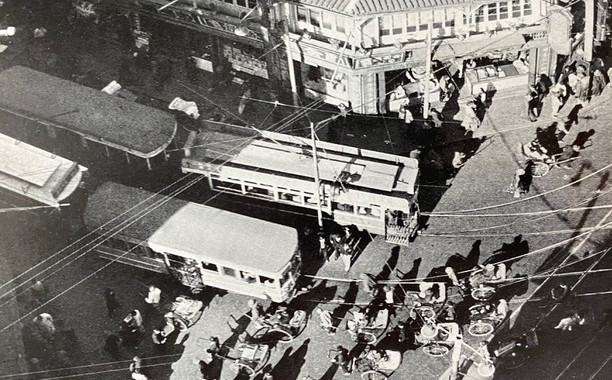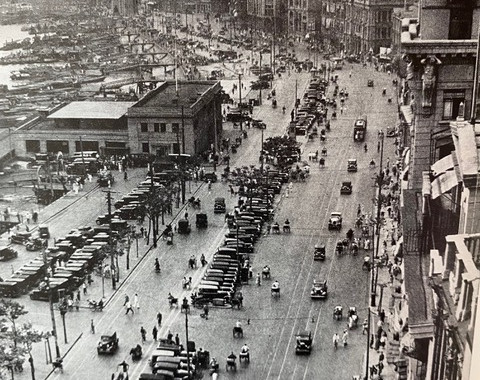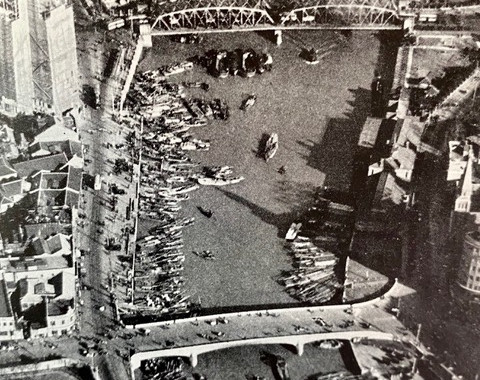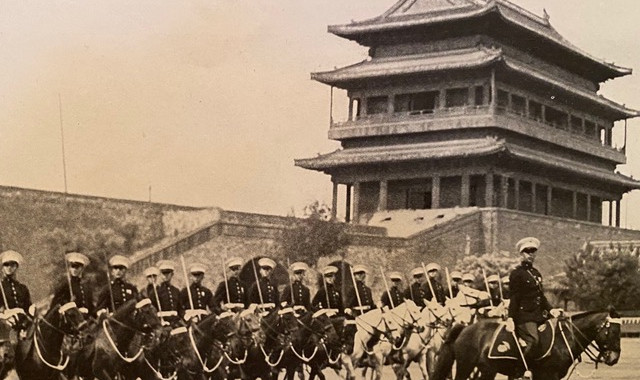Revisiting Shanghai
- Jody Ferguson
- Jul 24, 2020
- 4 min read
Updated: Jun 27, 2023
I visited Shanghai for the first time in May 1992, as China was emerging from the onslaught of international opprobrium (justified) in the wake of the June 1989 Tiananmen incident. At the time there was still great doubt as to the future path and even the viability of the People’s Republic. I had visited China before (in 1989, in fact), but on my initial foray I was not that taken with the country or its people. I had only visited the south (Guangzhou and Guilin). But when I arrived that May I was instantly enchanted by Shanghai. I had read of the ‘Paris of the East’ and its cosmopolitan pre-war era when Western powers dominated the politics and economy of this city. But I was unprepared for the palpable sense of purpose and energy I felt upon my arrival.
As we drove into the center of the city I saw the vestiges of pre-war era—the incredible architectural treasures built in the early 20th century along the banks of the Huangpu River that flows through the city. When I later decided to write my first novel, I wanted to capture several themes: people in flux, families uprooted from traditional homes, societies in transition, and the meeting of cultures. Shanghai fit the bill.
Click thumbnails or arrow to view these images:
Photos: National Geographic Vol. LXXII, No. 4 Oct. 1937
“Junks” Alfred T. Palmer
“U.S. Sailors on the Bund” U.S. Navy Recruiting Center
“Liner” A. Palmer
“Intersection” A. Palmer
“The Bund” A. Palmer
“Soochow Creek” ACME
“Highlanders” ACME
“Chow” U.S. Navy Recruiting Center
“Marine Cavalry” Gilbert Grosvenor
“Marines on Parade Ground” W. Robert Moore
The title of my novel Above the Water is a play on the Chinese characters for ‘Shanghai,’ which literally mean ‘above the sea’ to denote the city’s location at the confluence of the Yangtze River and the East China Sea. It is an allegory about the compromises people are forced to make in difficult circumstances. Two lovers, Harry and Viktoria, have been cast apart by war and are making individual sacrifices in their respective journeys to find one another again. It’s a story of love, family, moral ambiguity, and perseverance.

The old buildings that still dot Shanghai’s riverfront, known as the ‘Bund’ play the backdrop for many of the scenes in the novel. In fact, Harry first meets Viktoria in front of the Cathay Hotel. I quote from the early part of my book. “Stretching inland from the Whangpoo River for miles was Shanghai’s International Settlement—the British concession. Behind high compound walls, grand homes—built in typical English fashion—were occupied by wealthy families and their Chinese servants. Within the International Settlement one found Gothic and Romanesque churches as well as the manicured grounds of exclusive country clubs. Just to the south of the International Settlement was the French Concession, or ‘Frenchtown’ to the other Westerners. The French Concession was a more eclectic mix of European residences, Chinese-style homes and temples, and Russian churches. To the north of the International Settlement, across Soochow Creek, was the district named Hongkew, which hugs a large bend of the Whangpoo. Hongkew dominates the waterborne approach to the city from the Yangtze. Originally it had been the American Concession, but the Japanese now controlled it.
The center of Shanghai’s International Settlement, the Bund was situated along the embankment of the Whangpoo River. Its ornate, neoclassical skyscrapers would have fit perfectly in New York or Chicago. Some were beautifully—if garishly—decorated in a Moorish or Baroque style that included columns, sculptures, and bas-reliefs. The grand, Western-style Hong Kong and Shanghai Bank building looked more like a Greek temple than a bank. The pair of bronze lions that flanked the entrance to the bank gave comfort to the citizens of the British Empire who passed through its doors every day. The most prominent of these buildings on the Bund, however, was the Cathay Hotel with its high peaked roof."


As I read back through some of my journal entries from May 1992, these are some of the words I used to describe the city back then: electric, bustling, dynamic. I also wrote, “Capitalism is here today and it is flourishing…If one has any doubts as to the future of China, they need only come to see Shanghai.” Today the city has emerged as China’s financial heart, and it has exploded.
In 1992 there were nine million residents; today there are over twenty-seven million inhabitants. I am almost reluctant to visit again, because the Bund has been overwhelmed by high-rise towers, on both sides of the river. Whereas in 1992, the art-deco buildings of the Bund were still the highest towers in the city. Some of the excerpts in my book reflect my own experiences in Shanghai, such as the day I took a boat down the Huangpu River to the estuary of the Yangtze River.

“As the estuary gave way to ocean, the turgid brown water of the Yangtze met the dull green water of the East China Sea. The river seemed to rise above the sea as it flowed out, and the ship appeared to be sailing down a hill, as if it were being poured out onto the sea. Here, the two different bodies of liquid were hesitant to mingle, and they sat side by side like vinegar and oil.”
I don’t know why but I had the foresight to take the photos in black and white on my trip in May 1992, which fits in perfectly with the deco feel of the era described in my book. In the photo of the Great Wall (not in Shanghai), look for my figure with outstretched arms in the far distance.




















